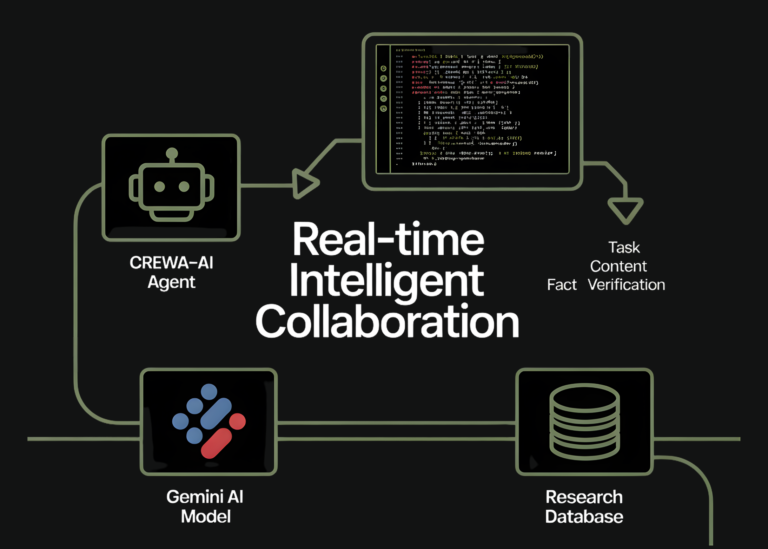The Rise of AI in Transcription Services: Transforming How We Convert Speech to Text
In today’s fast-paced digital landscape, the demand for efficient communication tools has never been higher. Transcription services—once a time-consuming, labor-intensive process—have undergone a revolutionary transformation thanks to artificial intelligence (AI). From podcasts and legal proceedings to medical dictations and virtual meetings, AI-powered transcription tools are redefining accuracy, speed, and accessibility. This article explores the role of AI in transcription, highlights key tools, and examines the benefits, challenges, and future of this transformative technology.
The Role of AI in Transcription Services
Transcription involves converting spoken language into written text, a task traditionally performed by humans. However, AI has emerged as a game-changer by leveraging machine learning (ML) and natural language processing (NLP) to automate this process. Modern AI models are trained on vast datasets of audio and text, enabling them to recognize speech patterns, accents, and even contextual nuances.
The benefits of AI-driven transcription are manifold:
- Speed: AI can transcribe hours of audio in minutes, drastically reducing turnaround times.
- Accuracy: Advanced models achieve high accuracy rates, though they may still struggle with complex dialects or overlapping speech.
- Cost-Effectiveness: Automating transcription cuts labor costs, making it accessible for businesses and individuals.
- Scalability: AI tools can handle large volumes of data, from single meetings to enterprise-level projects.
Key AI Tools for Automated Transcription
Several AI-powered platforms have gained popularity for their efficiency and features. Here are some of the most notable ones:
-
Otter.ai
Otter.ai is a leading AI transcription tool known for its real-time transcription capabilities. It uses advanced NLP to identify speakers, generate summaries, and even highlight key points. Ideal for meetings, interviews, and lectures, Otter.ai offers a free tier with premium features for teams. -
Rev
Rev combines AI with human oversight, offering a hybrid approach. Its AI handles initial transcription, while human editors refine the output for accuracy. This model is popular in industries requiring high precision, such as legal and medical fields. -
Temi
Temi delivers fast, affordable transcription with a focus on clarity. Its AI is trained to recognize multiple languages and accents, making it a versatile choice for global users. -
Google Docs Voice Typing
For casual users, Google’s built-in voice-to-text tool provides a simple solution. While not as robust as dedicated platforms, it’s excellent for short tasks like note-taking. - Amazon Transcribe and Microsoft Azure Speech Services
These cloud-based tools cater to developers and businesses, offering APIs for integration into custom applications. They support multilingual transcription, speaker diarization, and real-time processing.
Benefits of AI Transcription
AI transcription tools are revolutionizing industries by addressing longstanding pain points:
- Healthcare: Doctors can focus on patient care while AI transcribes consultations, reducing administrative burdens.
- Education: Students and educators benefit from automated lecture notes and accessible content for learners with disabilities.
- Journalism: Reporters can quickly transcribe interviews, accelerating news production.
- Legal: Legal professionals use AI to transcribe depositions and court proceedings, improving efficiency and reducing errors.
Challenges and Limitations
Despite their advantages, AI transcription tools are not without challenges:
- Accuracy Issues: Background noise, accents, and technical jargon can confuse models, leading to errors.
- Privacy Concerns: Sensitive data transcribed by AI tools may raise security risks if not properly encrypted.
- Contextual Understanding: AI often struggles with sarcasm, idioms, or ambiguous language, requiring human review for critical tasks.
Applications Across Industries
AI transcription is making waves in diverse sectors:
- Healthcare: Streamlining medical documentation and improving patient records.
- Business: Enhancing meeting productivity with real-time transcripts and action item tracking.
- Entertainment: Transcribing podcasts, webinars, and video content for accessibility and SEO optimization.
- Law: Automating legal proceedings and court transcripts to ensure accuracy and compliance.
The Future of AI in Transcription
The future of AI transcription looks promising, with advancements in real-time processing, multilingual support, and integration with other AI technologies like chatbots and virtual assistants. Emerging trends include:
- Improved Contextual Awareness: AI models will better understand tone, intent, and cultural nuances.
- Edge Computing: On-device processing for faster, offline transcription.
- Customization: Industry-specific models trained on niche vocabularies (e.g., medical or legal terminology).
Conclusion
AI tools for transcription are no longer a luxury but a necessity in our increasingly digital world. By automating repetitive tasks, these tools free up human capital for more complex work, driving efficiency and innovation. While challenges remain, the continuous evolution of AI promises even greater accuracy and versatility. For businesses and individuals alike, adopting AI transcription tools is a strategic move toward productivity and growth.
As the technology matures, the line between human and machine will blur further, ushering in an era where spoken words are seamlessly transformed into actionable insights—powered by the invisible hand of artificial intelligence.







